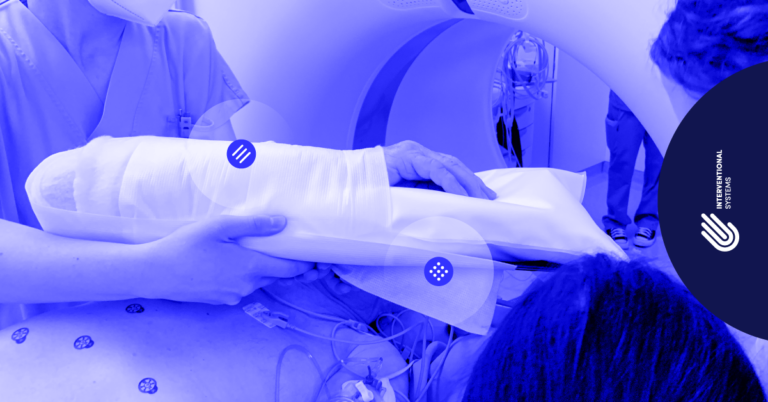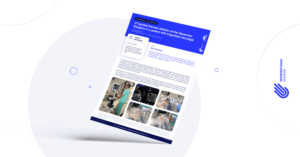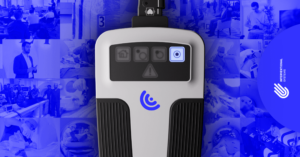The ultimate goal of any local treatment in liver cancer, especially for small ones, is the complete tumor eradication to increase patient survival, reduce complications, and have the least possible impact, which allows for early initiation of adjuvant therapies. The two latter factors favor the use of minimally invasive techniques, even because they fulfill the first one.
Maximal sparing of functional liver parenchyma and — even more critical — sparing of relevant anatomical structures such as liver veins and hilar structures is key because subsequent re-treatment for recurrent tumors may be necessary. Within this frame, minimally invasive percutaneous thermal ablation methods have established themselves as an attractive and novel alternative to surgical resection.
Proper patient positioning: the key to successful liver interventions
These techniques are now being used at Ordensklinikum Linz Barmherzige Schwestern, one of our key reference sites.
The hospital is using Micromate™ for liver ablation procedures under Angio-CT; in some cases, the procedure is also conducted freehand under CT image guidance with the support of an optical-based stereotactic navigation system. Although both techniques allow for very accurate targeting of liver tumors, especially when they are numerous, small, and deep in the liver, there are still some challenges and limitations associated with patient positioning. The patient is lying down in a supine position, under general anesthesia and muscle paralysis, and their right arm and hand need to be positioned away from the abdominal region for easy surgical access to the liver.
The most obvious positioning solution, a full 90-degree abduction, is not possible, as the procedure also relies on intra-operative CT imaging, where the patient needs to enter the CT gantry to be imaged during the intervention, including arms and hands. Often, positioning for liver interventions requires uncomfortable, painful, and invasive restraint methods to support the arm and hand, some of them resulting in patient motion during an intervention, which leads to inaccuracies and failure to achieve the three previously mentioned success factors.
Proper positioning of the arm is paramount for the success of therapy, probably as much as having an accurate targeting solution.
Patient positioning in liver interventions using the Armrest
The Armrest offers a new and efficient way to ensure unimpeded surgical access to the liver and neighboring anatomy while keeping the patient in a comfortable and natural position.
The arm and hand are positioned on a support tray that is pre-equipped with hook and loop patches. The final positioning typically has the patient’s arm and hand over the torso, with the arm flexed 90 degrees inwards. This pose is achieved thanks to the manipulation of a 7 degree-of-freedom multi-functional articulating support arm. The limb is then stabilized using a special fleece.
With the armrest, several key aspects of patient positioning for liver interventions are addressed:
- The patient is comfortably positioned with great stability.
- Patient draping and creation of the sterile field are not impeded.
- It is possible to perform intra-operative CT imaging during the intervention without patient repositioning.
- The surgeon has total access to the surgical field and there are no field-of-view issues between the optical navigation camera and the tracked instruments for surgery.
A truly enabling technology, to say the least.
If you need a patient stabilization product for liver interventions that provides not only a comfortable experience to the patients but also an accurate procedure for the surgeon, schedule your demo today.





